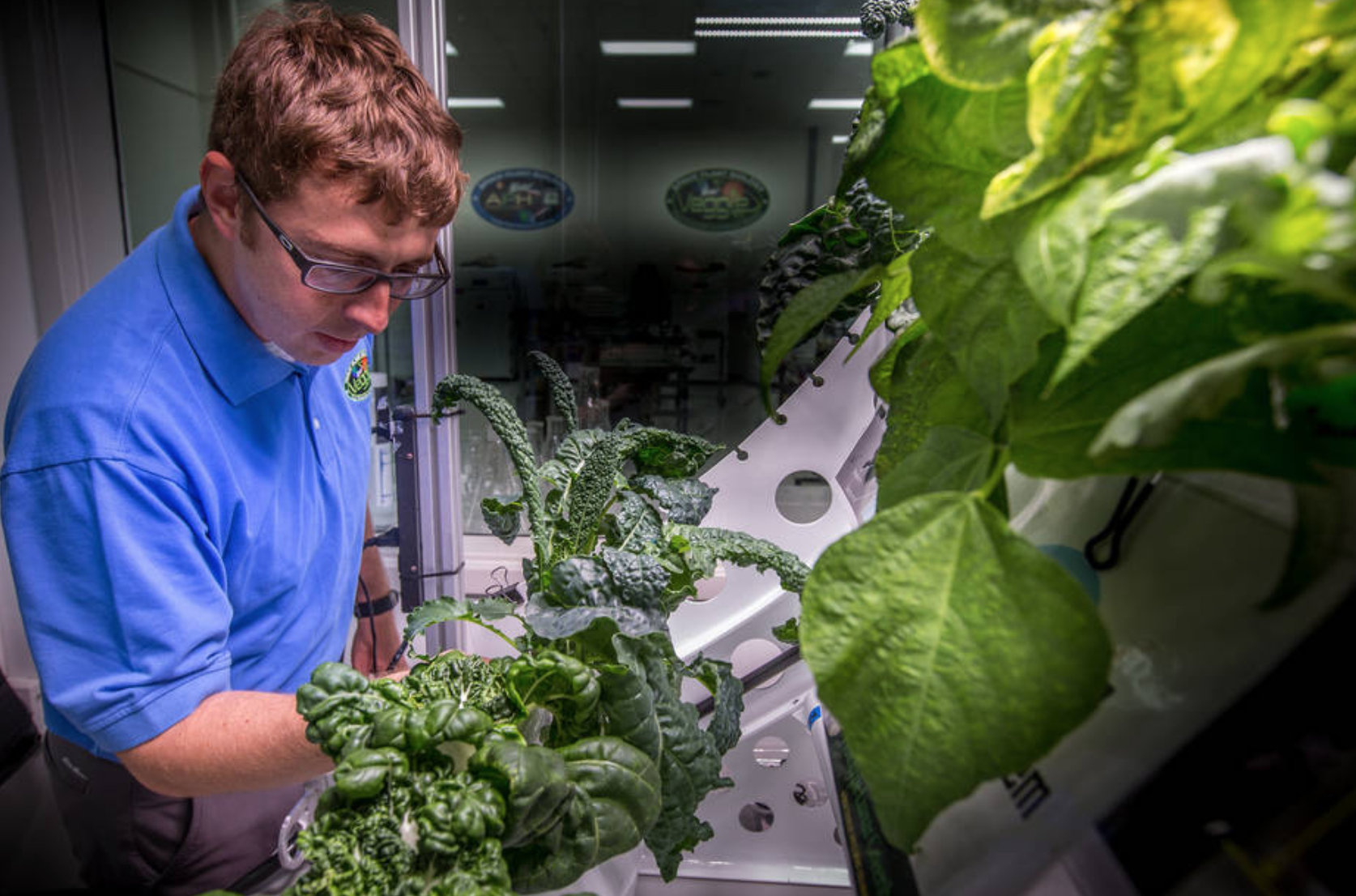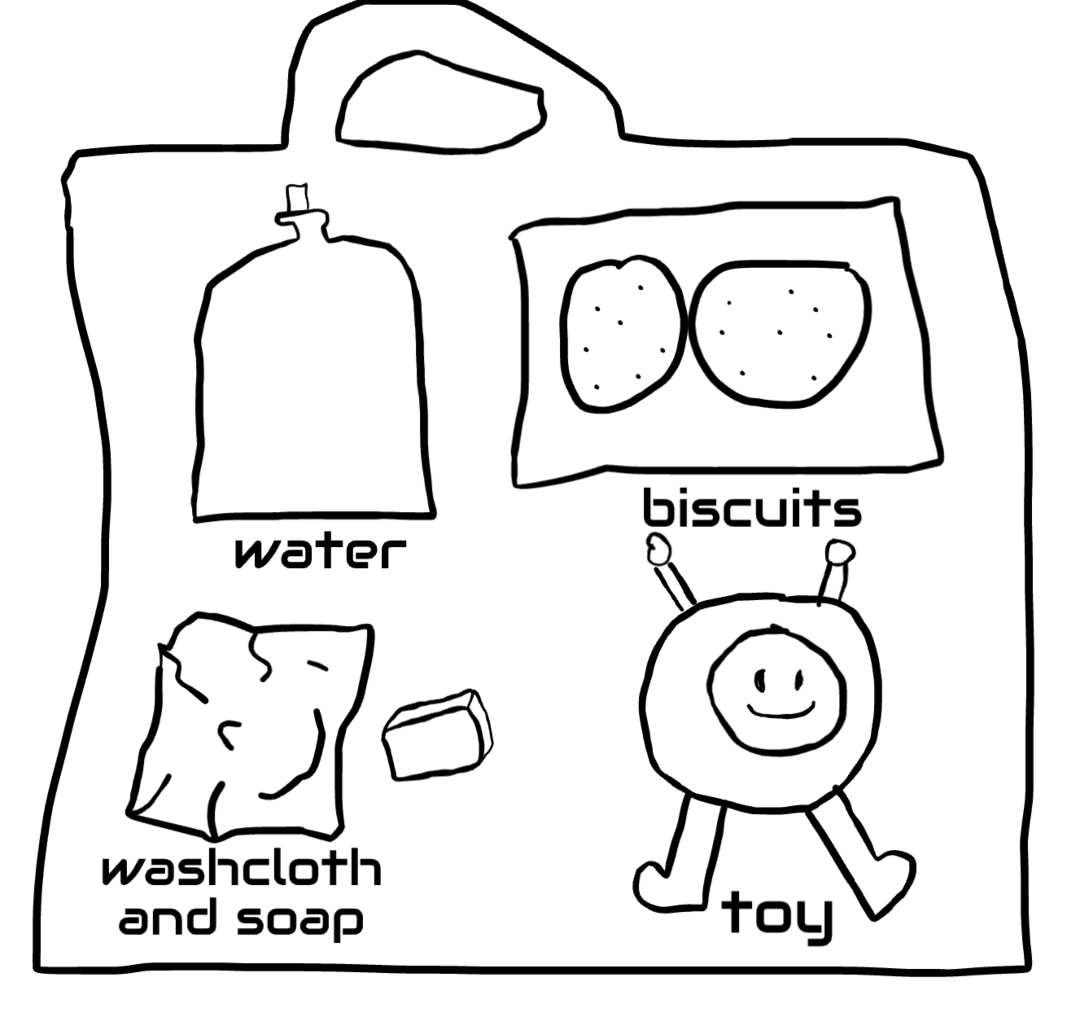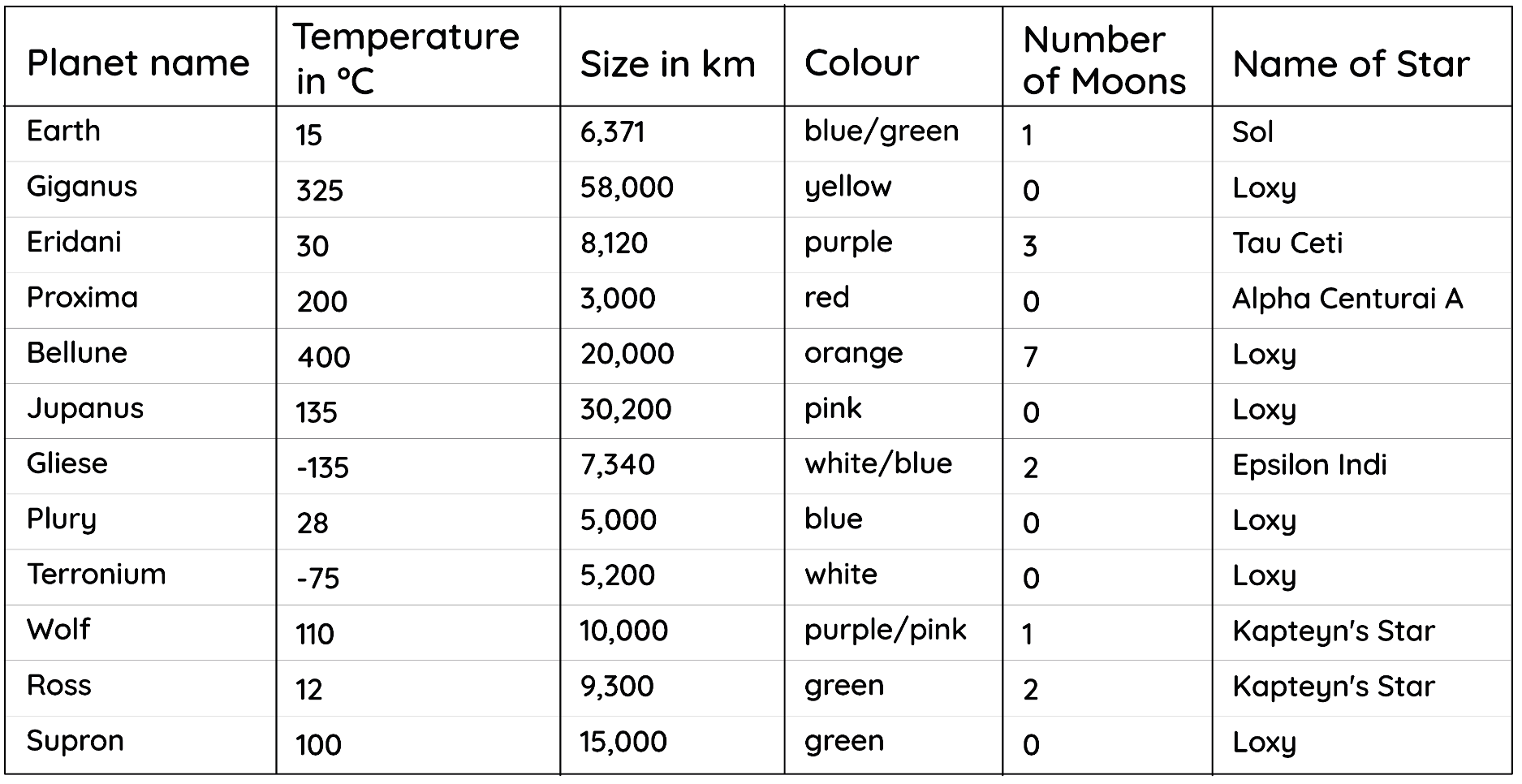Learning objective
- To create a simple soundscape using dynamic changes.
Success criteria
- I can use my voice to create sound.
- I
This content is for subscribers only. Join for access today.
National curriculum
Music
Pupils should be taught to:
- Use
This content is for subscribers only. Join for access today.
Cross-curricular links
None.
This content is for subscribers only. Join for access today.
Before the lesson
This content is for subscribers only. Join for access today.
Lesson plan
Recap and recall
Before starting this unit, you might want to check the children can recall how to: Engage with and respond to longer pieces of music. Talk about the dynamics of music, using the vocabulary loud, quiet and silent. Show an awareness of how dynamics are affected by the force with which an instrument is played.
This content is for subscribers only. Join for access today.
Extended-mode explainer videos
How to extend your display to view the lesson page and preseantion mode simultaneously. Choose your operating system below to watch the video
If you need further support with extending your display,
please contact [email protected].
Extended-mode explainer video: For Mac
Extended-mode explainer video: For Windows
Adaptive teaching
Pupils needing extra support:
Should use the Knowledge organiser to support with musical vocabulary; could be given suggested sounds to choose from.
Pupils working at greater depth:
Should be encouraged to describe what sort of dynamics and tempo might be suitable at each point and whether a change of dynamics enhances the soundscape.
This content is for subscribers only. Join for access today.
Assessing progress and understanding
Pupils with secure understanding indicated by: using their voice to create a
This content is for subscribers only. Join for access today.
Vocabulary definitions
-
dynamics
The volume of a piece of music.
-
soundscape
The mixture of different sounds that are heard in a particular place.
This content is for subscribers only. Join for access today.





